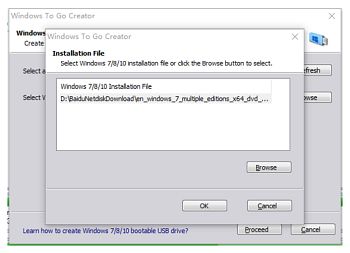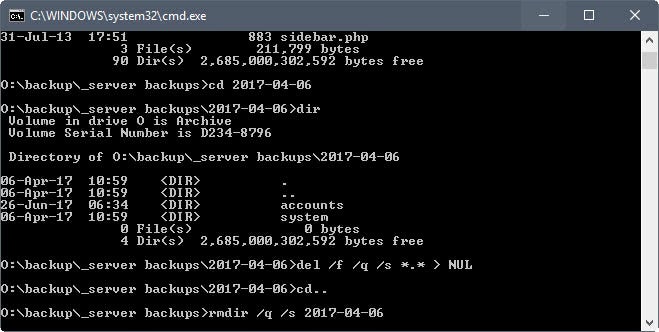
Windows PowerShell is a very powerful tool for many tasks. The following are two examples using it for batch renaming of files in a folder.
1) Removing the first character from the existing filename, and
2) Replacing a special character with another character in the filename. Adjust the parameter value for your specific requirements.
get-childitem *.txt | rename-item -newname { string.substring(1) }
Dir | Rename-Item –NewName { $_.name –replace “+”,” ” }



